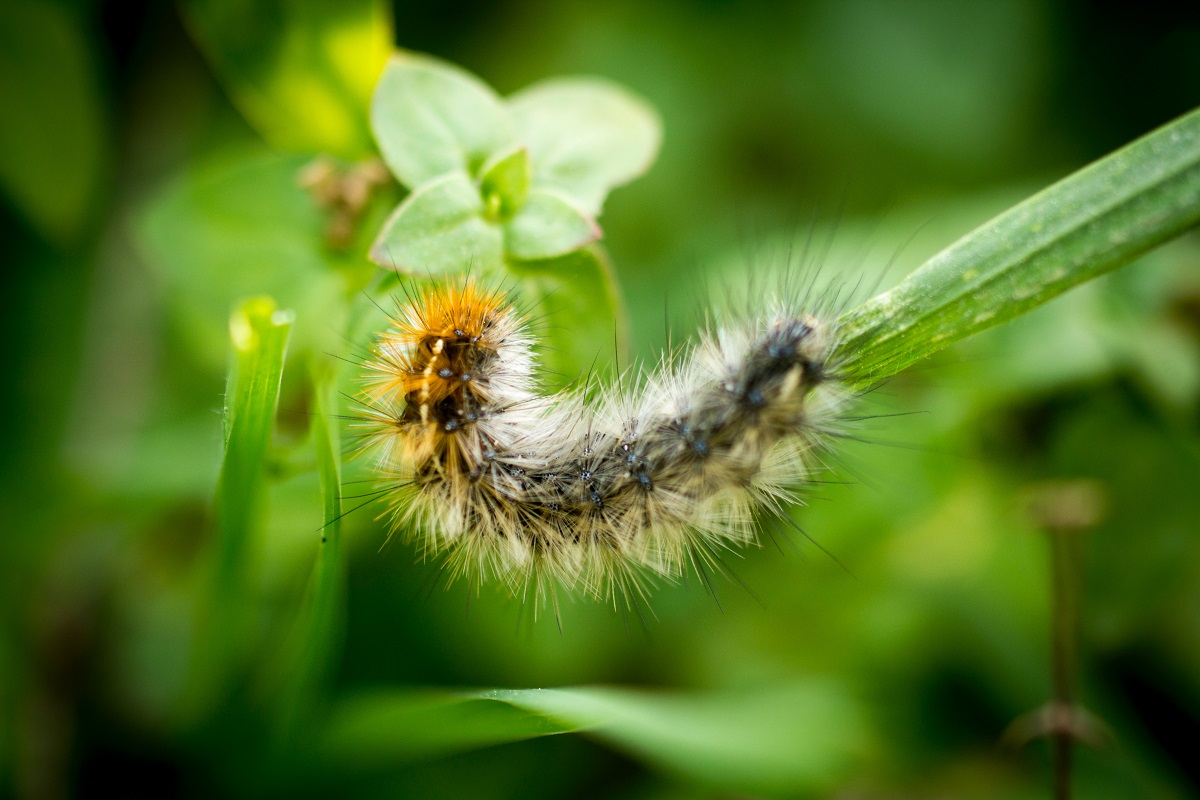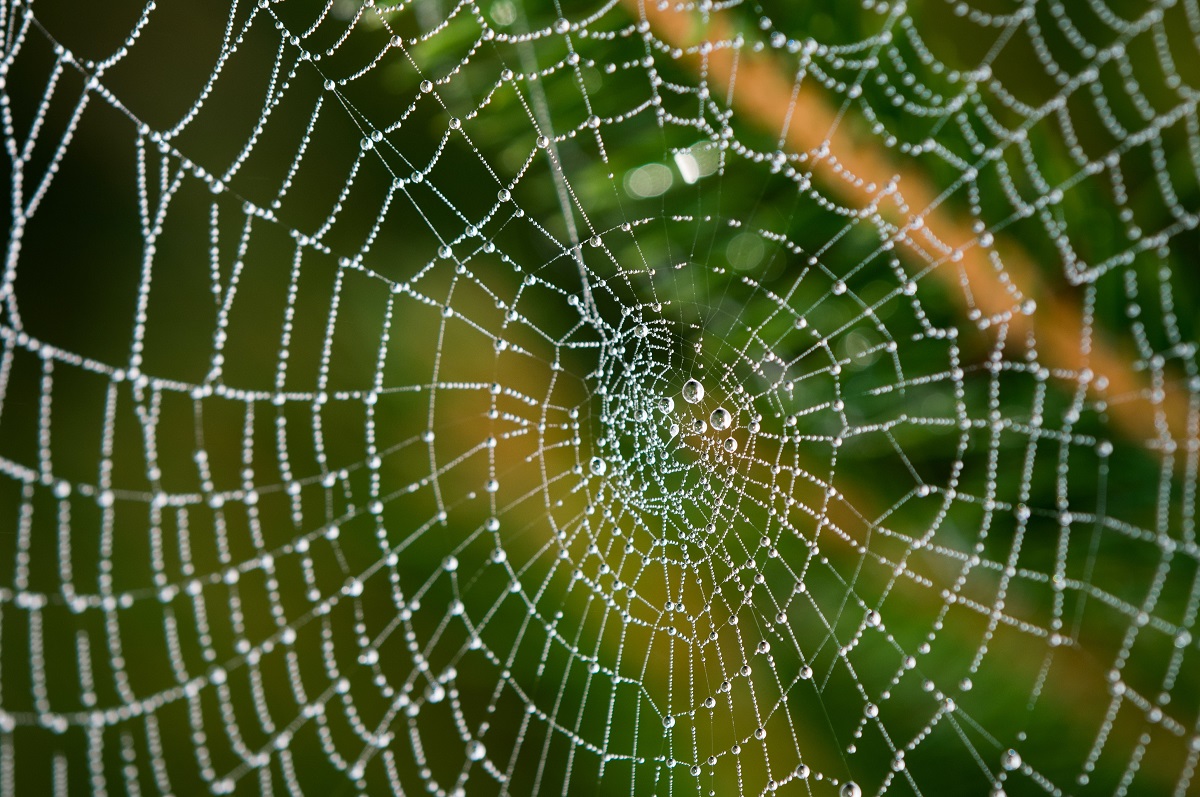
Insect Weather Wisdom
Humans have tried to predict the weather for millennia. It makes sense – you need to know when it’s going to rain to water your crops, when it’s going to storm so you can bring in your livestock, and when winter will arrive so you can put away your harvest. However, it’s pretty challenging to tell what Mother Nature’s going to do…except to follow the insects for your weather wisdom.
That’s why you should turn your eye to nature itself. You can get some pretty accurate clues about what’s coming your way weather-wise by observing the behavior of insects and spiders! That’s just one piece of folklore we learned was true and have used to inform our decisions around the farm.
Here are some of the most interesting pieces of insect weather folklore. Check them out and maybe try some yourself to see how accurate they are!
Wooly Bear (or Wooly Worm)
Let’s start with one you’ve probably heard before. You’re likely familiar with woolly bears – the fuzzy brown and black striped caterpillars. The length of the band can give you clues about the severity of the winter weather you’re going to face. If the caterpillar has more black than brown, you can expect a cold, harsh winter. If there’s more brown than black, it will be a mild winter with possibly an early spring.
Swarming Mosquitoes and Black Flies
There are few nuisances as frustrating as mosquitoes and black flies. But did you know that these insects have a great deal of weather wisdom? They can give you important information about what’s coming your way in terms of weather.
Watch for both insects to start swarming and you may find that you experience storms within the next 12 hours. Not only will they be unusually active up to 12 hours ahead of a storm, but they’ll vanish roughly an hour before a storm hits your home, seeking protection from the rain and wind.
Watch the Bees
It makes a lot of sense for bees to be attuned to the subtlest weather signals. After all, the entire hive counts on every bee to return carrying its burden of pollen. That’s hard to do when they’re being buffeted by wind or inundated with rain.
If you have an apiary, watch for bees to stick close to the hive. If they do, you know that it’s likely to storm soon. If they’re flying far away from the hive, then you can be pretty confident the weather will be calm.
Ants
Ants have colonized pretty much the entire planet. You likely have several anthills around your home, so you won’t have to go far to check their behavior. Watch for lots of building activity around established hills, as this can be a sign that rain is incoming. Some people also say that high anthills in the summer can indicate a harsh winter ahead.
Crickets
There’s nothing quite like the sound of crickets during the long days of summer. But did you know that sound can also help you tell just how hot it is outside? The faster crickets chirp, the hotter the weather. Of course, you can probably tell that it’s hot outside all on your own, but did you know that you can get an average temperature for the day just by listening to the crickets chirp and then using a little math?
Count the number of cricket chips within 14 seconds, then add 40 to find the current temperature in Fahrenheit. If you want to increase the accuracy, take several measurements, and then average them.
Ladybugs – Insects with Weather Wisdom
Every farmer and gardener welcomes the sight of ladybugs. They’re voracious predators and love nothing more than devouring aphids from our plants. But did you know that you can also get important clues about the weather by watching ladybug behavior?
Ladybugs overwinter by huddling together in masses. Check under leaves and fallen branches to see if you find any ladybug groups. They have also learned that humans keep their homes quite comfortable and will gather inside the house, often swarming the glass in your windows during sunny days to absorb the warmth. If you notice ladybugs swarming, you know that cold weather is on its way.
Spiders
Spiders aren’t insects, but we’ll include them here anyway because you can gather important clues from their behavior, too. Like ladybugs, spiders aren’t too fond of the cold and will seek shelter before winter arrives.
If you’ve noticed more cobwebs than usual around your home, especially in out-of-the-way spaces, then winter’s probably on its way. Be careful when checking for webs, though. Black widow spiders are particularly sensitive to the cold and will almost certainly make their homes in your garage, basement, or even in closets.
Spiders can also give us other clues. For instance, those that don’t make it indoors may start spinning larger webs, which can help you watch for colder weather. Empty spider webs may also signal rain beginning soon, as spiders leave their perches to find protection. If dew on spider webs in the morning dries quickly, the day will have little humidity and plenty of sunshine.
Incredible Nature
We too often see ourselves as something apart from nature. That disconnect can be hard to overcome, making life more challenging and leading to increased stress. Most of us feel that separation deep inside, too – a sense that something’s missing, or not quite right. The good news is that reconnecting with our deepest selves is not only possible, but it’s as simple as watching the spiders, insects, and other creatures with which we share this incredible world!
A Learning Experience
When we first left the corporate world and followed our dream to create a more sustainable life, we didn’t know a thing about insect weather wisdom (or many other things). It’s been an amazing journey filled with incredible lessons. If you’re considering starting down a similar path or curious about how you can make a move toward a sustainable life filled with more joy and less stress, check out Dirt Rich, which details our story and many of the lessons we’ve learned along the way.


